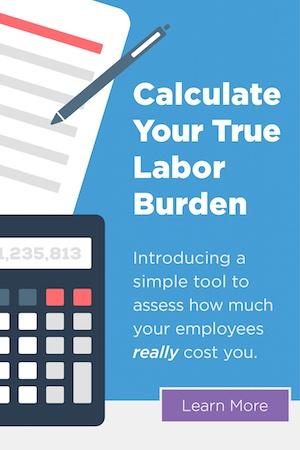The National Labor Relations Board (NLRB) recently retracted its controversial joint employer rule, which would have made it easier for workers to be considered employees of multiple entities. However, employers shouldn’t breathe a sigh of relief just yet. Four months ago, a Texas federal court judge struck down this rule, and the NLRB has decided not to appeal, leaving the court’s decision as the final word on the matter. Despite this, employers should remain vigilant, as the NLRB is likely to pursue other avenues to enforce and expand joint employer rules.
Understanding the Current Standard
The legal battle over joint employment has been ongoing for nearly a decade, causing significant confusion for employers. With the NLRB’s recent decision to drop its appeal, the 2020 version of the joint employment standard remains in effect.
According to this standard, a business is considered a joint employer if it shares or co-determines the essential terms and conditions of employment with another business. These terms include wages, benefits, work schedule, hiring, firing, discipline, supervision, and direction. The business must possess and exercise substantial direct and immediate control over these employment conditions consistently, not sporadically.
The NLRB’s Attempted Changes
In October 2023, the NLRB proposed a revised rule that aimed to significantly change the joint employer standard. Under this proposed rule, a business could be considered a joint employer if it had the right to exert control over another company’s employees, even if this control was reserved, unexercised, or indirect. This broad definition would have included not only obvious conditions like hiring and firing but also wages, benefits, scheduling, supervising, directing, and disciplining.
Had this rule been implemented, it could have led to a surge in union activity across various industries, including franchising, contracting, and supply chains. Non-unionized businesses might have been forced into collective bargaining if deemed joint employers with a unionized business.
Why the NLRB Stopped the Fight
The NLRB’s decision to abandon its appeal may have been influenced by the recent Supreme Court decision in Loper Bright, which overruled the Chevron doctrine. This doctrine had previously given agencies considerable power to issue rules. The Supreme Court’s ruling now requires federal judges to use their independent judgment rather than deferring to the agency’s position.
Although the NLRB did not explicitly state this as the reason for dropping the appeal, the shift in judicial approach makes it clear that the path to rulemaking has become more challenging. Observers believe that the Fifth Circuit Court of Appeals would have rejected the NLRB’s appeal based on this new judicial scrutiny.
Preparing for the Future
Even though the NLRB’s rulemaking efforts have been prevented, employers should not assume that the agency will stop attempting to expand joint employer standards. The NLRB may shift its focus to aggressive investigations, filing unfair labor practice charges, and enforcement actions. Instead of pursuing new rules, the agency might use its decision-making authority to influence the joint employment landscape.
Employers Must Be Proactive To Avoid Joint Employer Issues
To prepare for potential increased agency activity, employers should take several proactive steps:
- Evaluate Service Contracts: Work with legal counsel to evaluate service contracts for language around direct or indirect control over workers’ employment terms and conditions.
- Examine Procedures: Host employers using third-party employees should review service contracts and procedures, focusing on control over essential employment terms.
- Evaluate Staffing Arrangements: Staffing companies and alternative employer service providers should review their services and contracts to ensure compliance and minimize joint employer risks.
- Review Business Models: Businesses in franchisor-franchisee arrangements or those using Business Process Outsourcing vendors should assess their models and practices with legal counsel to avoid unintended joint employer issues.
- Clarify Policies: Create or review policies regarding third-party vendor interactions with direct employees to avoid potential joint employer complications.
Moving Forward
Employers need to stay informed as this situation evolves. For any questions, employers should consult with their legal advisors to ensure they are fully prepared for the times ahead.


